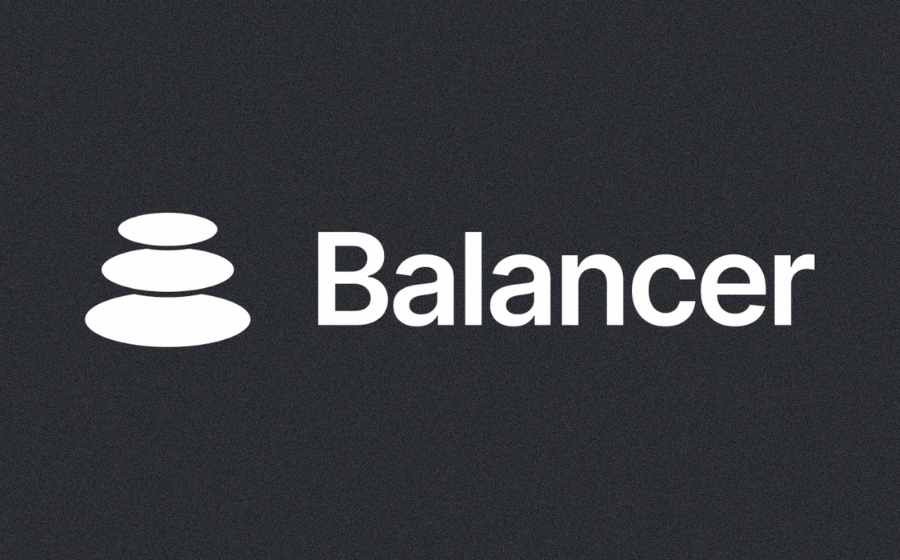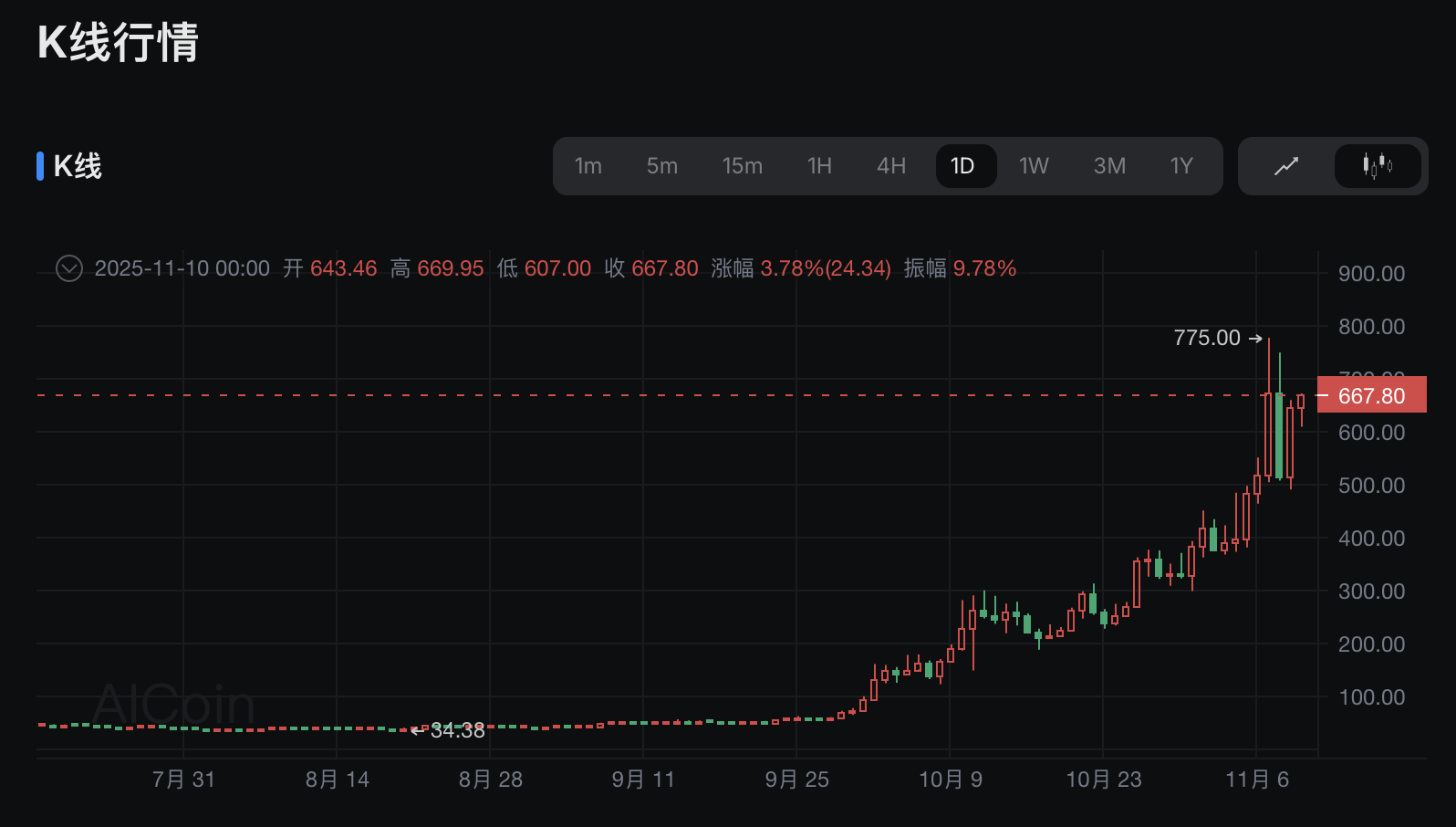
In the cryptocurrency space, DeFi (Decentralized Finance) has been regarded as an innovative model that provides lending and trading services through smart contracts, without the need for traditional banks. Balancer, as an important liquidity protocol in DeFi, helps users manage assets and earn returns with its flexible pool design. However, in the early hours of November 3, 2025, this protocol suffered a severe vulnerability attack. The attacker extracted approximately $128 million in funds from Balancer V2's Composable Stable Pools. This incident undermined market confidence, causing the prices of many DeFi projects to drop, especially high-risk assets. This is not just a problem for Balancer, but a wake-up call for the entire DeFi ecosystem: while technological innovation is rapid, security issues remain a hidden danger.
The incident occurred early Sunday morning, around 2 AM Beijing time. At that time, most global traders were resting. The attacker exploited the flash loan mechanism to manipulate the weight adjustment of the pools. Initially, the transactions appeared normal, but soon the funds began to flow abnormally. One pool lost about $70 million, including assets like ETH and USDC. On-chain data showed that the total loss reached $128 million.
Design Flaws in the Contract
Balancer V2's Composable Stable Pools is an advanced design. It allows users to combine different liquidity strategies, with weights that can be dynamically adjusted to optimize returns and reduce trading slippage. This flexibility is Balancer's core advantage, but it also brings complexity. The attack exploited a critical flaw in the contract: an integer overflow issue occurred during the weight calculation process. When the attacker injected a large amount of false liquidity through a flash loan, the asset distribution of the pool was distorted. The originally balanced 50% ETH and 50% USDC ratio suddenly became extremely uneven. The attacker seized the opportunity to withdraw real assets and then repaid the loan, completing the arbitrage.
A few months prior, a security company, Webacy, had already noted this potential issue during an audit. They pointed out that under extreme conditions, the mathematical formulas could fail. However, this warning was not addressed in a timely manner. At that time, the Balancer team was focused on developing new features to cope with competition from rivals like Uniswap V4. The pace of development in the DeFi industry is fast, and code reviews are sometimes delayed. This is not an isolated case; there have been multiple similar incidents in the DeFi space this year, with total losses exceeding $2.17 billion. For example, the $600 million attack on the Ronin bridge and the vulnerabilities in Poly Network stemmed from similar design flaws. Ethereum founder Vitalik Buterin later commented that this complexity is a double-edged sword for DeFi, and simpler designs are often safer.
The attacker's operations were highly professional. They likely had DeFi development experience and utilized boundary conditions in the Solidity language to carry out this action. Fund tracking showed that some assets flowed into mixing tools, further concealing their trail. This incident serves as a reminder that security audits of smart contracts require stricter processes, including boundary testing and formal verification.
Team Response
The Balancer team's response speed is commendable. Just 15 minutes after the incident broke out, they activated an emergency mechanism and froze all affected V2 pools. This was a pre-set emergency measure that had been tested in previous audits. Founder Fernando Martinelli explained the situation to users through a live stream and official announcements: "This is our internal error, and we will take full responsibility."
Next, the team collaborated with audit firms like PeckShield and Certik to conduct an in-depth investigation. The results showed that the vulnerability stemmed from poorly handled boundary conditions under high-frequency weight adjustments, leading to misallocation of assets. They promised to release a detailed report within 48 hours and to launch version V2.1, adding multi-signature and stronger verification tools. The compensation plan was a focus: treasury funds would cover 90% of the losses, with the remaining portion decided through DAO voting, prioritizing small users. At the same time, they planned to burn a portion of the governance token BAL to stabilize market prices.
Community reactions were polarized. Some praised the team's transparency and responsiveness, while others questioned why early warnings were ignored. An anonymous developer mentioned that the development pressure was too high, leading to insufficient testing of edge cases. Nevertheless, the compensation portal went live on November 4, allowing users to start claiming funds. One user shared that the team not only refunded the losses but also provided additional tokens as compensation, prompting her to reconsider continuing her participation in DeFi.
Lessons from DeFi
The Balancer incident serves as a mirror, reflecting deep-seated issues in DeFi: decentralization means no central authority, but it also means that responsibility lies entirely with the code and the community. The pace of innovation is fast, but security has not kept up. This year’s multiple vulnerability incidents indicate that the industry needs to shift its mindset. After the Ronin incident, there should have been a strengthened focus on bridging security, yet similar issues continue to recur.
Experts recommend adopting a "security-first" approach. For instance, using formal verification tools to check contract logic or introducing AI-assisted audits. Layer 2 networks like Optimism are already accelerating the establishment of security funds, and Uniswap has also increased its audit budget. The developer community has initiated some open-source activities to share best practices for security. Vitalik's article emphasizes: complexity is not the problem; ignoring risks is.
In the long run, this incident may drive the maturation of DeFi. It will attract more professional audits from traditional finance and encourage users to pay more attention to risk management. DeFi is not a zero-risk paradise, but a field that requires cautious participation.
免责声明:本文章仅代表作者个人观点,不代表本平台的立场和观点。本文章仅供信息分享,不构成对任何人的任何投资建议。用户与作者之间的任何争议,与本平台无关。如网页中刊载的文章或图片涉及侵权,请提供相关的权利证明和身份证明发送邮件到support@aicoin.com,本平台相关工作人员将会进行核查。




